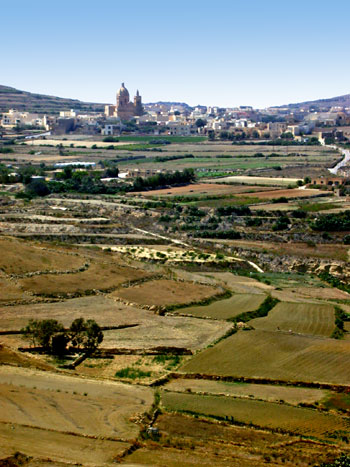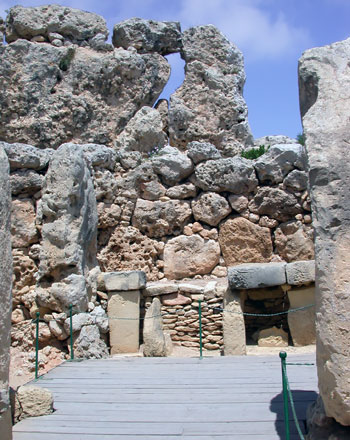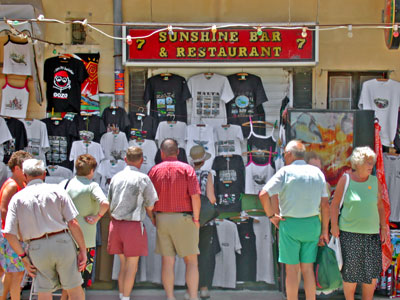Wednesday 12 June: Gozo
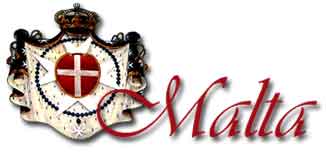
We were met by our assigned driver, Jerry, but there were no other passengers and no other jeeps to make up a safari. But this turned to our advantage. We passed a jeep safari which was moving much more slowly than us. And they were restricted to a prescribed route. Since we were on our own, our itinerary was much looser. Jerry would take us anywhere on the island that suited us. Of course, we relied on his judgment.
Our first stop was The Gozo Heritage. In a converted farmhouse, one walks through a series of historical scenes of local history, from Neolithic man through World War II. It was an interesting introduction to Gozo.
Our tour-provided lunch was in Xlendi, an old fishing village changed in recent years from a peaceful, beguiling spot to a tourist resort. Like Capri and many other such places around the world, it is best visited at dawn or dusk when the day trippers are gone. The landlocked bay with blue-green waters was not too crowded during our short stay. We climbed steps on a cliff-side for a beautiful view of the bay and its swimmers and scuba divers. Had we followed the path further, we would have come on Carolina's Cave where Dominican nuns once swam and frolicked in seclusion.
The current town below is a rather sleepy place, with one traffic light (they once had two but it slowed traffic too much) and two police stations (one of which is open only 30 minutes a day). The heart of Victoria is the town square. Called Pjazza Indipendenza or It-tock (meeting place), it is where residents gather to gossip and relax. Behind this ficus-ringed square, we visited St George's Basilica, the original parish church which dates to 1678.
The most fascinating visit of our day is not found in any guidebook. Jerry took us to see an old friend, a retired mechanic and World War II veteran whose hobby is repairing old machines, such as a 1875 oil pump, and various pieces of army and air force equipment. All sorts of interesting gadgets spring to life at the push of a button, a yank of a cord, or a twist of a valve. This has been his hobby for over fifty years and his large shop and yard are a treasure trove of old machines, engines, and vehicles. Living out back in a couple old World War II vehicles are his chickens and roosters, which provide eggs and one chicken dinner each week. We spent a marvelous hour with him. He wouldn't take any money for himself but was pleased that we put some money into a donation jar for the disabled.
We enjoyed our day on Gozo with Jerry. He was pleasant, informative about the island, and
full of suggestions of places to visit but willing to let us choose our own itinerary. The
tour ended about 5:00 and we ferried back to Malta.
| The Stones of Malta | |
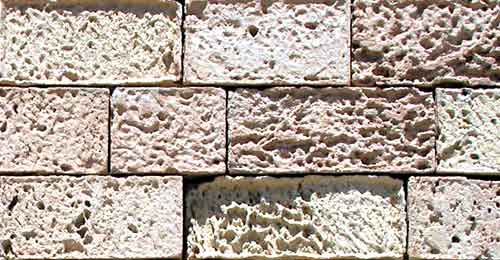
| |
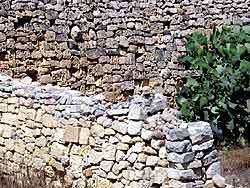
|

|
| Click on a picture to enlarge it | |
